Nuclear Fusion: Inside the breakthrough that could change our world | 60 Minutes
Last updated: May 28, 2023
The video is about the breakthrough in nuclear fusion achieved by scientists at the National Ignition Facility, which could potentially change the world by providing endless and carbon-free power.
The video is about a breakthrough in nuclear fusion that was achieved by scientists at the National Ignition Facility in California on December 5th.
The facility, which is the world's largest and most energetic laser, was built to create conditions in the laboratory that had previously only been accessible in extreme objects in the universe.
The breakthrough in nuclear fusion could potentially change the world by providing endless and carbon-free power. The video also explores the challenges and technology involved in achieving nuclear fusion.
- Scientists at the National Ignition Facility achieved a breakthrough in nuclear fusion on December 5th by producing a reaction with an energy gain.
- Fusion could provide endless and carbon-free power if it becomes commercial power.
- The Lawrence Livermore National Laboratory proved that fusion could be done after six decades of toil and failure.
- The National Ignition Facility was built for $3.5 billion to ignite self-sustaining fusion.
- The laser beams are delivered by 192 total lasers, each one of the most energetic in the world.
- The shells need to be as close to perfect as humanly possible, and they are built out of diamond.
- Getting from the first ignition to a power plant will be hard, and there are many challenges ahead.
Nuclear Fusion: Inside the breakthrough that could change our world | 60 Minutes - YouTube
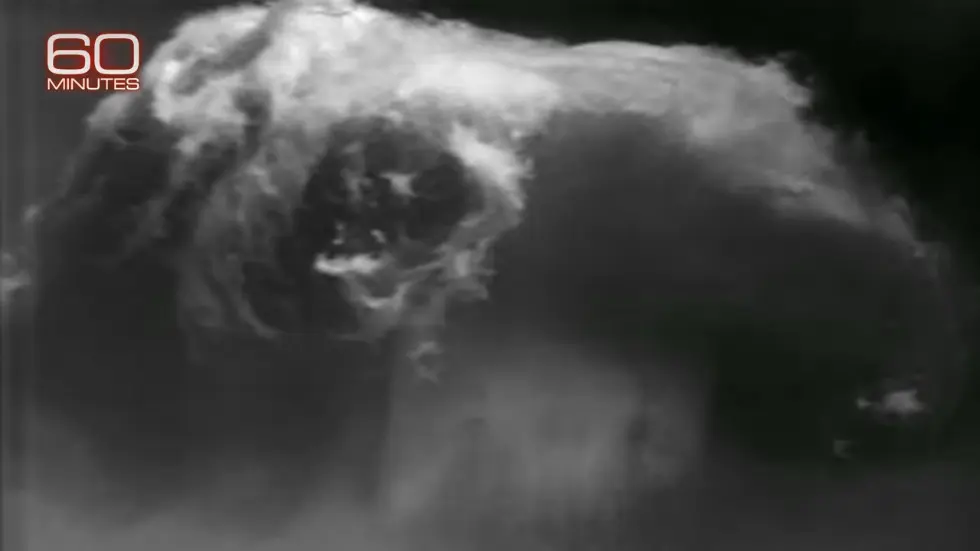
Introduction
- Scientists at the National Ignition Facility achieved a breakthrough in nuclear fusion on December 5th.
- The breakthrough involved producing a reaction with an energy gain.
- If fusion becomes commercial power, it would be endless and carbon-free.
- The video is about the potential of nuclear fusion to change the world by providing endless and carbon-free power.
- The Lawrence Livermore National Laboratory proved that fusion could be done after six decades of toil and failure.

Uncontrolled Fusion
- Uncontrolled fusion is what a hydrogen bomb does, releasing energy by forcing atoms of hydrogen to fuse together.
- The challenge is harnessing the fires of Armageddon into something useful.
- The Lawrence Livermore National Laboratory helps maintain nuclear weapons and experiments with high energy physics.
- The National Ignition Facility is the world's largest and most energetic laser, built to create conditions in the laboratory that had previously only been accessible in the most extreme objects in the universe.
- The goal was to study high energy, high-density conditions in detail.

The National Ignition Facility
- The National Ignition Facility was built for $3.5 billion to ignite self-sustaining fusion.
- They tried nearly 200 times over 13 years, but the atomic engine would never turn over.
- The recent breakthrough has put the ignition in the NIF.
- The ignition means igniting a fusion reaction that puts out more energy than the lasers put in.
- If you can get it hot enough, dense enough, fast enough, and hold it together long enough, the fusion reactions start to self-sustain.
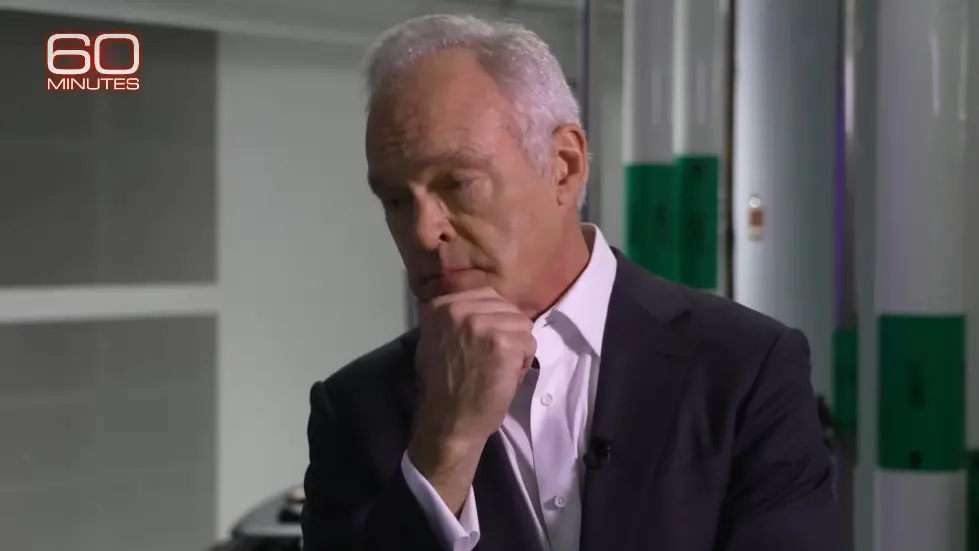
Nuclear Fusion: Inside the breakthrough that could change our world | 60 Minutes - YouTube
The Laser Beams
- The laser beams are delivered by 192 total lasers, each one of the most energetic in the world.
- The lasers are locked up with keys because they are millions of degrees hot.
- The beams strike with the power 1,000 times greater than the entire national power grid.
- The electricity is stored in the capacitors in the tubes, so your lights don't go out at home when they take a shot.
- The laser beams amplify by racing back and forth, and the flash is a fraction of a second.
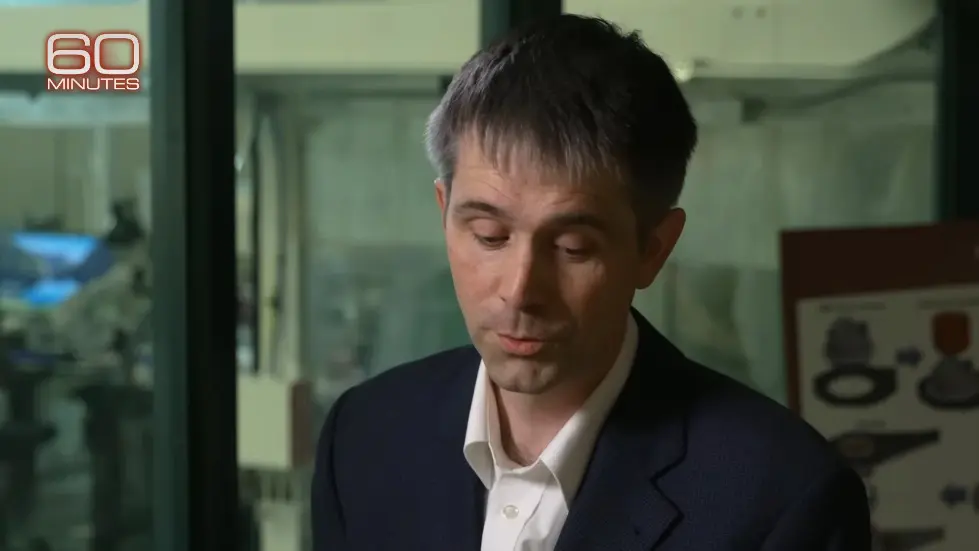
Building the Perfect Target
- The hollow Target shells are loaded with hydrogen at 430 degrees below zero.
- The shells are almost perfectly round and have a roughness that is 100 times better than a mirror.
- The implosion of atoms needs to be even, causing a fusion fizzle.
- The shells need to be as close to perfect as humanly possible.
- The shells are built out of diamond, and they build 150 nearly perfect shells a year.
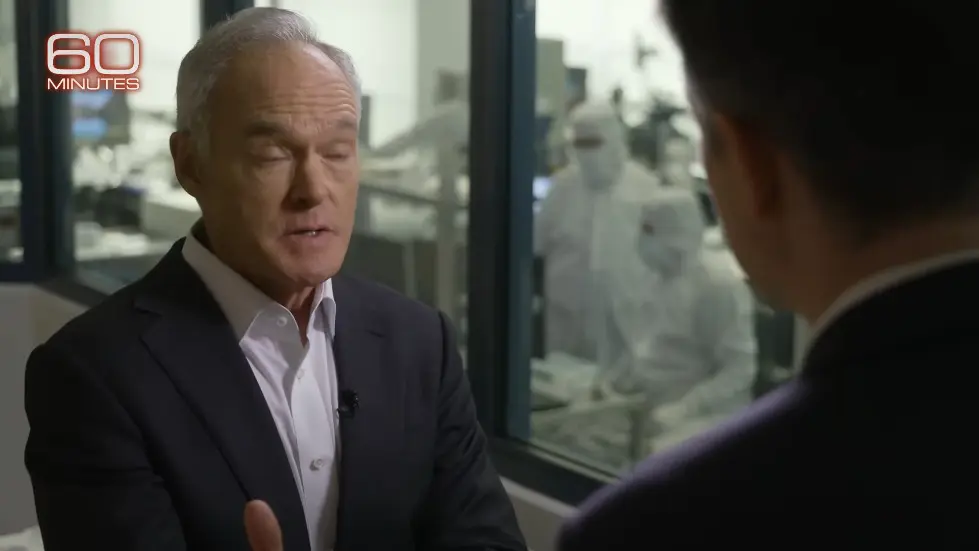
Assembling the Target
- All the components are brought together under the microscope itself.
- The assembler uses electromechanical stages to put the parts where they're supposed to go.
- They apply glue using a hair, usually something like an eyelash or a cat whisker.
- The laser gives them only a finite amount of energy, and to drive a bigger capsule, they would need more energy.
- The target could be larger, but then the laser would have to be larger.

The Breakthrough
- On December 5th, they used a thicker Target so it would hold its shape longer.
- They figured out how to boost the power of the laser shot without damaging the lasers.
- The explosion on the end of this was hotter than the sun and hotter than the center of the sun.
- Fusing atoms is many times more powerful with little long-term radiation and it's easy to turn off.
- Getting from the first ignition to a power plant will be hard.
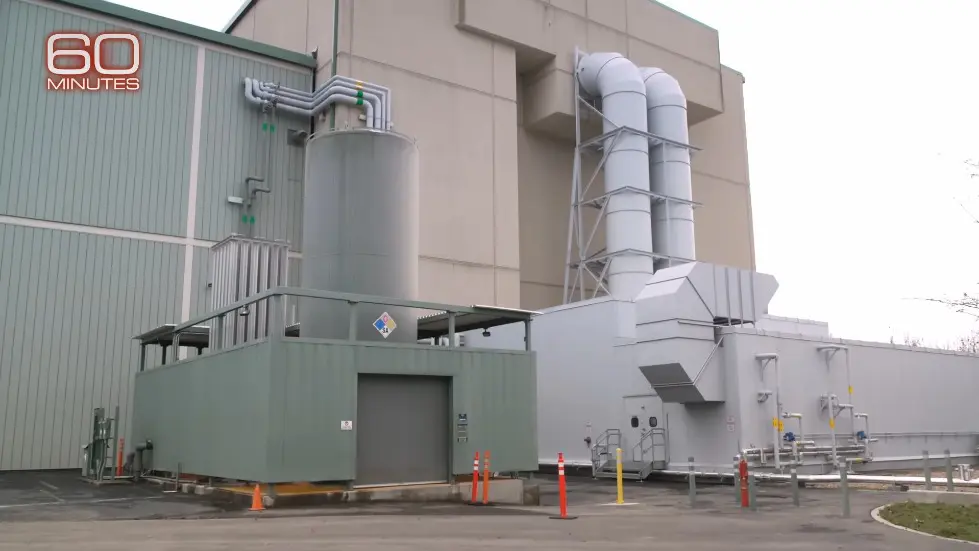
The Challenges Ahead
- If this was theoretically a commercial power plant, approximately 10 shots per second would be required.
- The reactions would have to produce 100 times more energy, and a power plant would need 900,000 perfect diamond shells a day.
- The lasers would have to be much more efficient.
- Remember, December's breakthrough put two units of energy in and got three out.
- It took 300 units of power to fire.
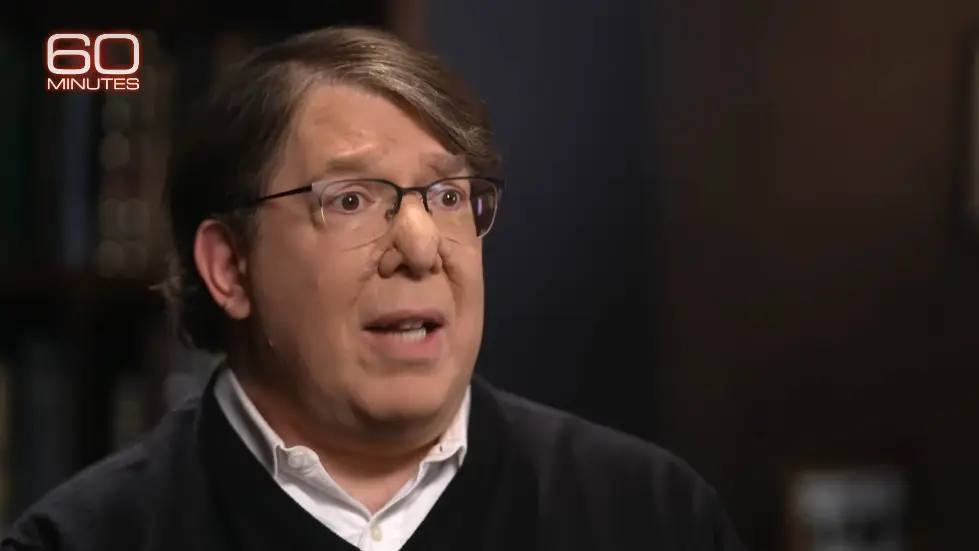
Breakthrough in Nuclear Fusion
- Scientists at the National Ignition Facility achieved a breakthrough in nuclear fusion by producing a reaction with an energy gain.
- The achievement was not widely publicized due to technical details and an unlikely timeline for commercial fusion power within a decade.
- Charles Seif, a mathematician and science author, believes that while the achievement is significant, there are still many technical hurdles to overcome before commercial fusion power can be achieved.
- Private companies are investing billions of dollars in various approaches to fusion power, including using magnets instead of lasers.
- Lawrence Livermore's director, Kim Budell, is confident that they can replicate the achievement and believes that commercial fusion power could be demonstrated in 20 years with enough funding and dedication.
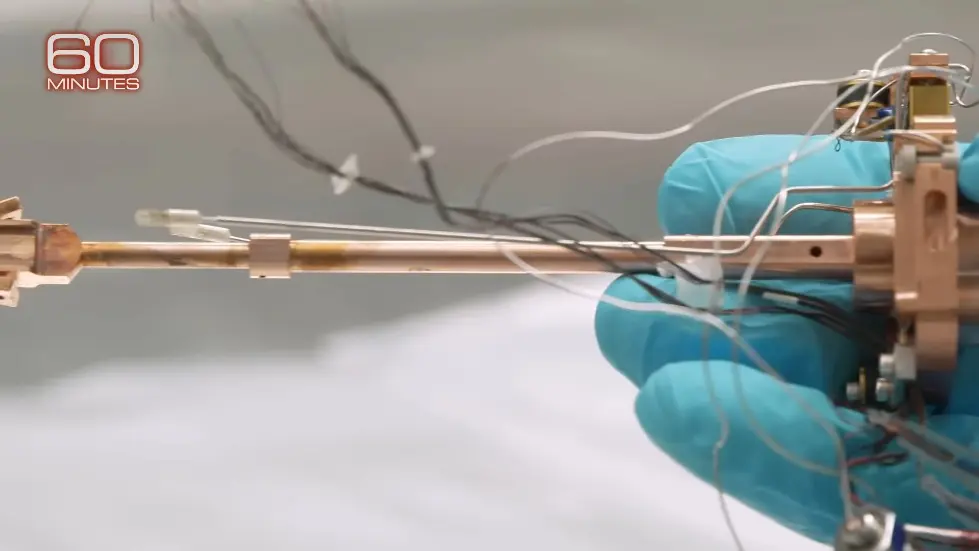
Engineering Challenges for Fusion Power
- While the science behind fusion power is possible, the main challenge is now engineering.
- Scaling up the achievement at the National Ignition Facility is a significant hurdle to overcome.
- Private companies are investing billions of dollars in various approaches to fusion power, including using magnets instead of lasers.
- Lawrence Livermore's director, Kim Budell, is confident that they can replicate the achievement and believes that commercial fusion power could be demonstrated in 20 years with enough funding and dedication.
- It took 44 years from the first Wright brothers flight to supersonic flight, and it may take a similar amount of time to achieve commercial fusion power.
Nuclear Fusion: Inside the breakthrough that could change our world | 60 Minutes - YouTube
Read also:
